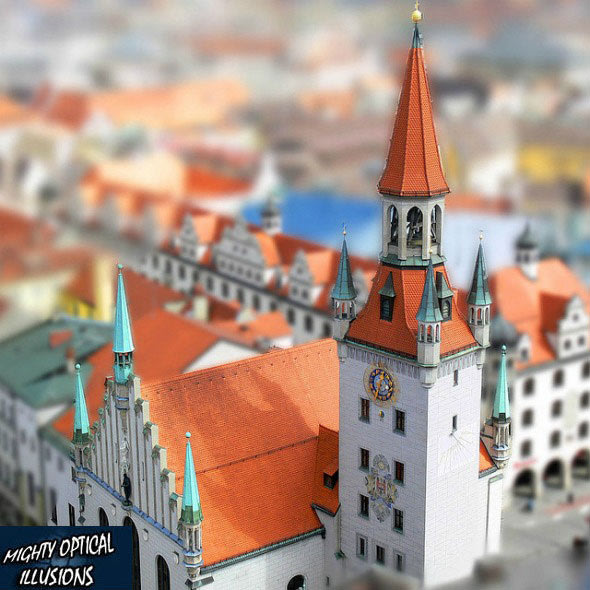Chriscrawfordphoto
Real Men Shoot Film.
I thought this was really cool. These are not photos of models, they're real scenes, but they look like miniature models!
http://games.yahoo.com/photos/fake-miniature-photography-1319664200-slideshow/
http://games.yahoo.com/photos/fake-miniature-photography-1319664200-slideshow/




